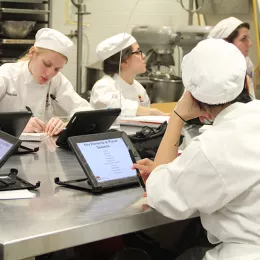Whisk yeast into water, add flour and salt, then mix until smooth. That's bread dough. Humble ingredients that—once combined, nurtured and baked—amount to much more than the sum of their parts.
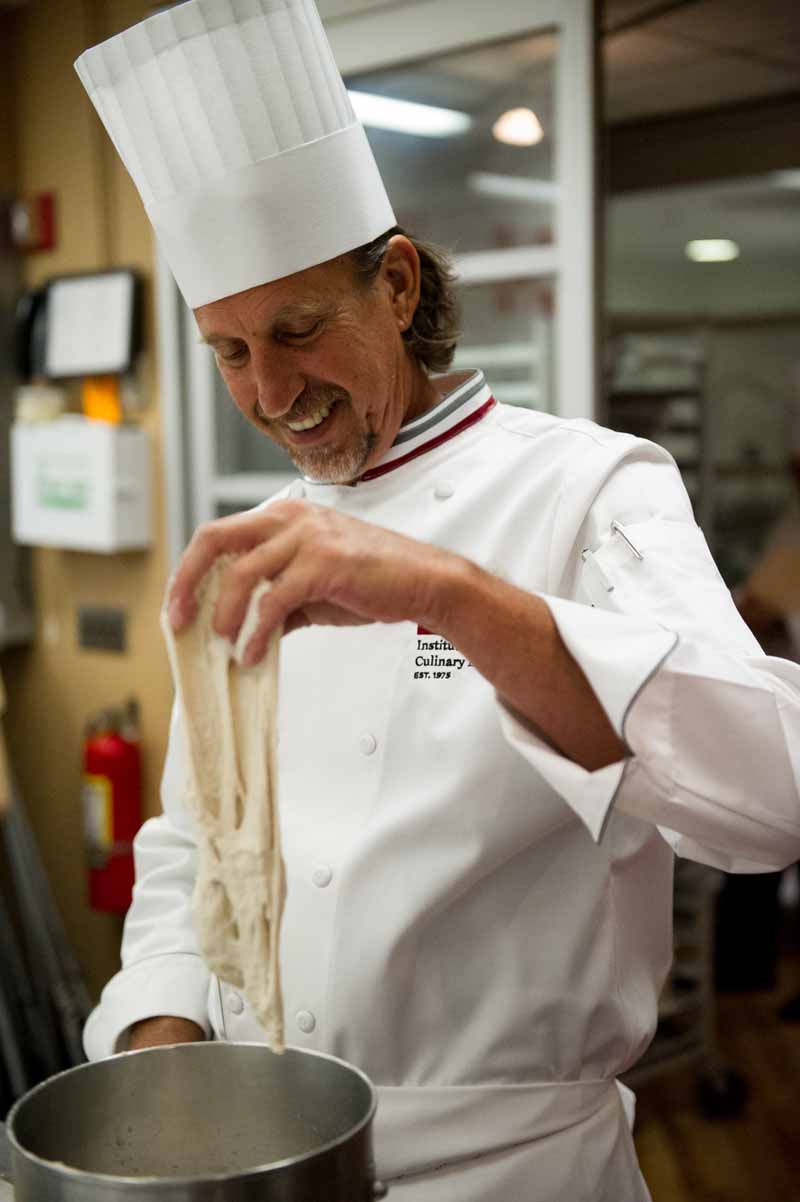
Launching ICE's new Techniques & Art of Professional Bread Baking program this spring, Chef Sim Cass explained to his students that creating bread is alchemy: the seemingly miraculous transformation of one thing into something better, like lead into gold or humble ingredients into crackling loaves.
Yeast is the transformational ingredient in bread making. A living organism that requires food, moisture, comfort and time in order to thrive. The job of the baker/alchemist is to provide yeast with those conditions. In return, he or she will be rewarded with complexly flavored, wonderfully textured bread.
Each day Chef Sim, in his uniquely charming way, guides his students through the deceptively simple process of mixing dough. Temperature, as it turns out, is king. Water must be cooler than the 100°F that many baking books have been preaching for decades. The dough should be left to rise at a cool temperature as well, so that the yeast can develop slowly, creating a potent mixture of carbon dioxide and organic acids that allow the dough to rise and develop flavor.
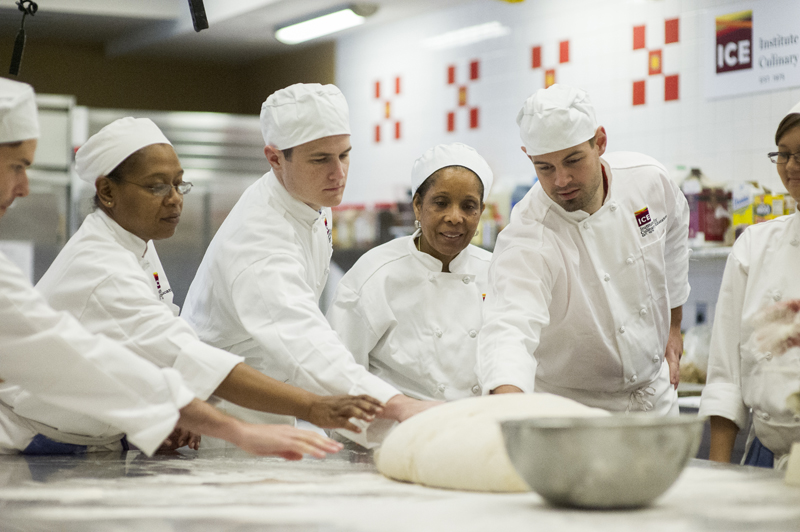
Throughout this process—known by its scientific name as "fermentation"—the students were shown how to fold the living dough into itself and turn it over several times. This gentle action evens out the dough's temperature, strengthens its gluten structure and gives the students a sense of how the dough is developing. A baker can tell a lot about dough through the simple act of touching it. "Your body is your thermometer," Chef Sim extols. If a dough feels too warm, he won't hesitate to put it in a refrigerator for a half hour to get it right.
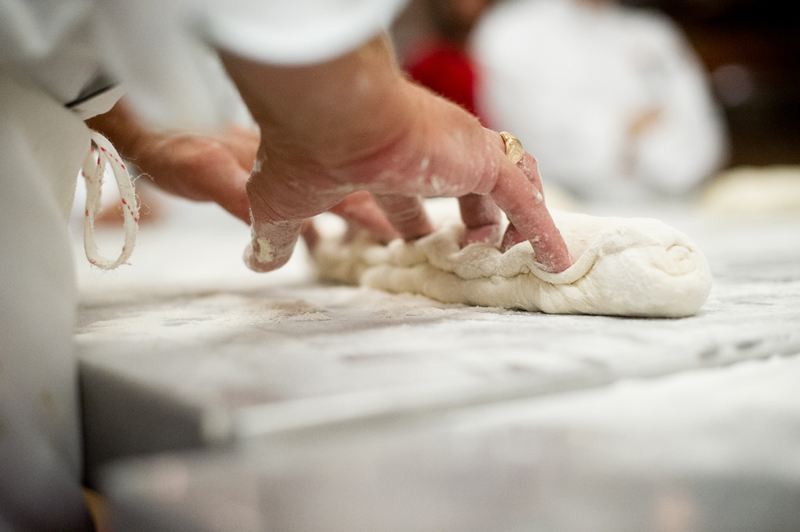
Hands identify more than temperature. As a dough ferments, there are subtle changes occurring in its textures well. As it rises, its surface grows tense, the starches in the flour continue to absorb moisture, and that too changes the texture. No book or blog post can give credit to the tangible methods that the expert chef shows his students through looking, feeling and assessing. A baker/alchemist needs to experience these transformations in order to guide them.
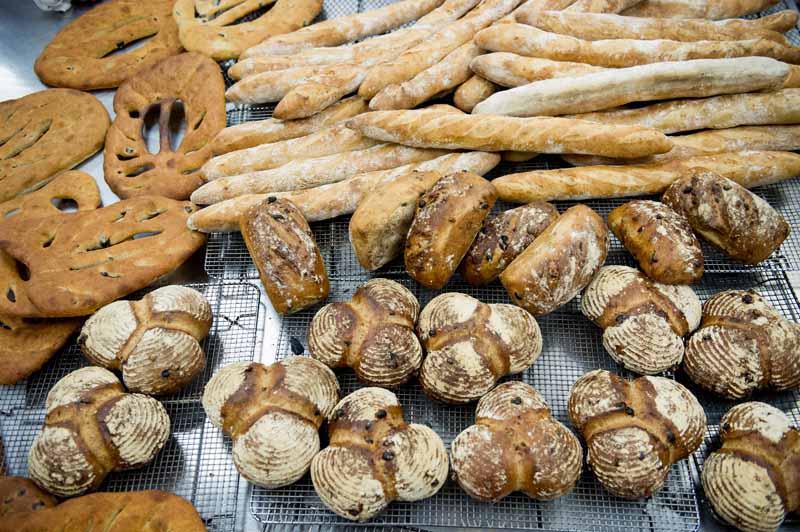
There are, of course, different techniques of mixing and maintaining dough, many of which Chef Sim will delve into as the program progresses. Students will use pre-ferments to further extend the yeast's fermentation time, and they will learn how to create a natural ferment (or "sour starter") in which no commercial yeast is used at all. But even when the bread making techniques become more challenging, it always comes back to four humble ingredients miraculously changing into something better: artisanal bread.


